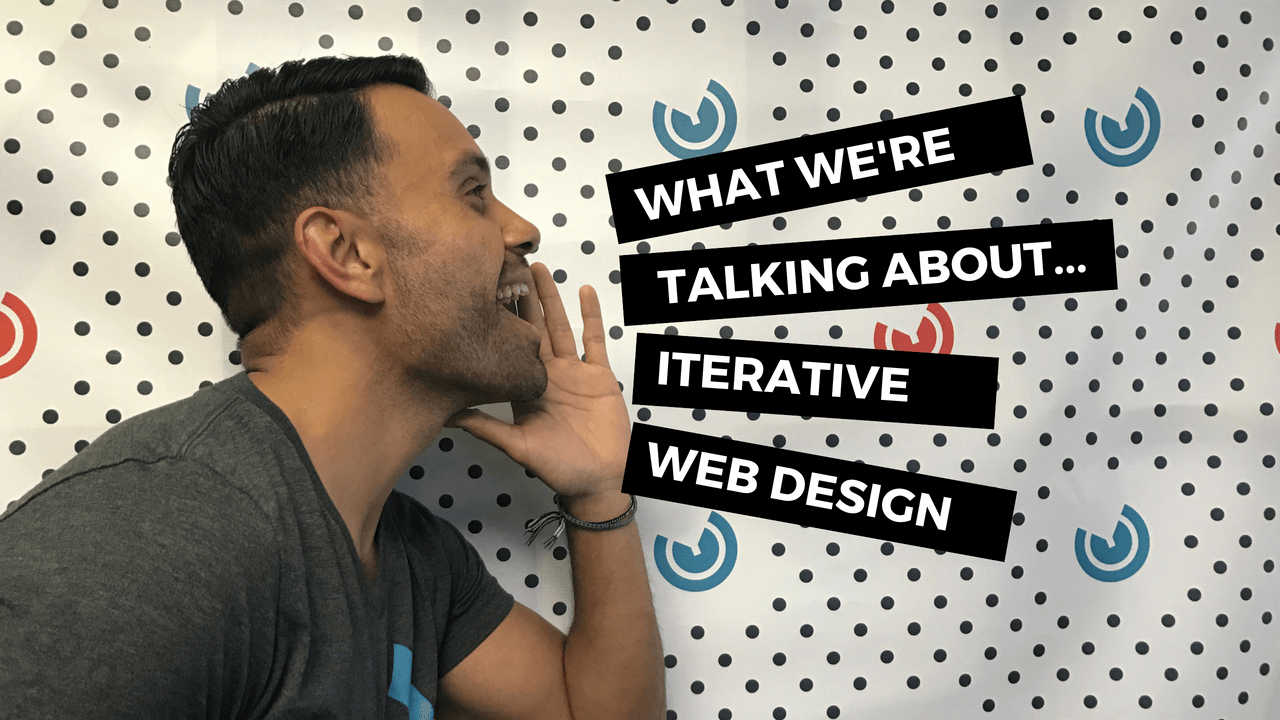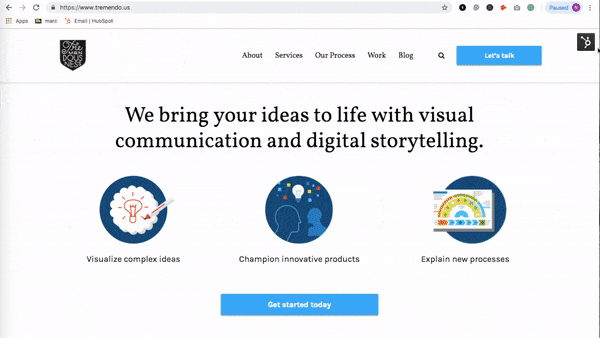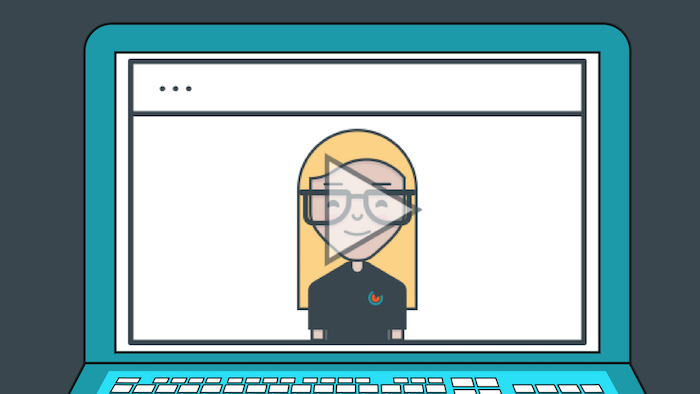Tremendousness Gets a Conversion Focused Redesign
Tremendousness is excellent at exploring and explaining complex ideas, innovations, products, and processes for their clients. But when it came to...
I know what I am looking for, and would like to chat.
A team of data-driven marketers obsessed with generating revenue for our clients.
Because the proof is in the pudding.
At Campaign Creators we live by three principles: Autonomy, Mastery, Purpose.

You have been tasked with a project: design your company a new website. For months you spend day in and day out creating your ideal website, only to find out after its launch that your definition of an ideal website drastically differs from your users.
What could you have done differently? The answer is only three words long: iterative web design.
If you're wondering what iterative web design is, and how it can help you with your next website designing endeavor, here's what we're talking about...
“The iterative process is an approach to continuously improving a concept, design, or product. Creators produce a prototype, test it, tweak it, and repeat the cycle with the goal of getting closer to the solution.”
Before sinking 6 months into designing a web page based off an assumption of what your users prefer, employ a process that will allow you to easily tweak your design as you go based on real user feedback and testing. This process is known as iterative web design. Check out Smartsheet's article that details the methodology behind this process and the various benefits this will have on your digital experience.
“Armed with ongoing user feedback, your agency can deliver new features and enhanced user experience with each successive launch. Rather than launching a website after months of development and discovering you built the wrong site, iterative development makes it much quicker (and much less expensive) to change direction or follow a promising line of development.”
In the world of digital marketing, nothing is static. Clients may request help with the latest marketing trend, and as an agency, you have to be prepared to deliver. Rather than building a website that won't change after its completion, agencies should adopt an iterative process that will better benefit the client's ever changing environment. Furthermore, this process will allow your team to make decisions backed by real customer data, something us marketers value. Read HubSpot's blog to learn more reasons why your marketing agency should be using the iterative process.
“It can be particularly useful when a team is faced with several ideas and is unsure of which to pursue. Developing a prototype of each idea and then assembling rapid user feedback can make sure that the best ideas are taken forward and those which do not provide as much benefit are abandoned with no investment in their development.”
If you are more of a visual learner, check out Interaction Design Foundation's article on the topic. They do a great job illustrating the process through diagrams, and then take it further by providing a list of the potential benefits of implementing the iterative process. For example, one benefit is it gives the development team some certainty that their efforts are being focused on adding value for users. Click the headline above to learn more.
“Content specialists can begin to identify key components of the answers to user questions and sketch them out as bullet points. Meanwhile, UI designers can start to think about the sites visual hierarchy, introducing basic layout elements to draw the users eye to the main components of the page.”
Now that you understand the benefits of implementing an iterative process, it's important to know the various steps that a developer must take during the project. Check out Paul Boag's comprehensive guide, where he details the steps that your team must work through to fully reap the benefits of the iterative design methodology.
“A small change can be moving a button or a user experience work flow, and those are great because they add a lot of value. And then there's big changes, like pivoting your whole business model”
Maybe video is more your style. “Innovation 101” is a web series designed to help you develop your idea and take it to market. Check out this University of New South Wales's video that features Brad Lorge, Co-Founder and Managing Director of Premonition, as he discusses a high level view of the iterative process.
“It is up to the designer to communicate as best we can the benefits of this process to our clients upfront. I really believe that ultimately a client gets a better, more flexible end product when using this process.”
In this week’s episode of “The Secret Sauce”, Senior Designer Ashley Cyborski discusses his iterative design feedback process and how it helps move designs forward to effectively meet his clients’ ideal results. When it comes to podcasts, this is a much shorter format than most. If you have 8 minutes to spare, definitely give it a listen.
When designing a website, you want to envision the user's journey and the steps they take to navigate their way to your CTA. By implementing the iterative process, you help to ensure your landing page is working as effectively as possible. Download our 20-point landing page audit, which will identify the weak areas on your landing page and show you exactly how to fix them to improve your conversion rates.

Tremendousness is excellent at exploring and explaining complex ideas, innovations, products, and processes for their clients. But when it came to...

1 min read
What is Iterative Design? You might be familiar with the term iterative or iteration, which involves repeating a process to generate a series of...

1 min read
Does Video Really Improve Conversion Rates? Quite a few marketers rant and rave about the importance of video in a modern day marketing strategy--...